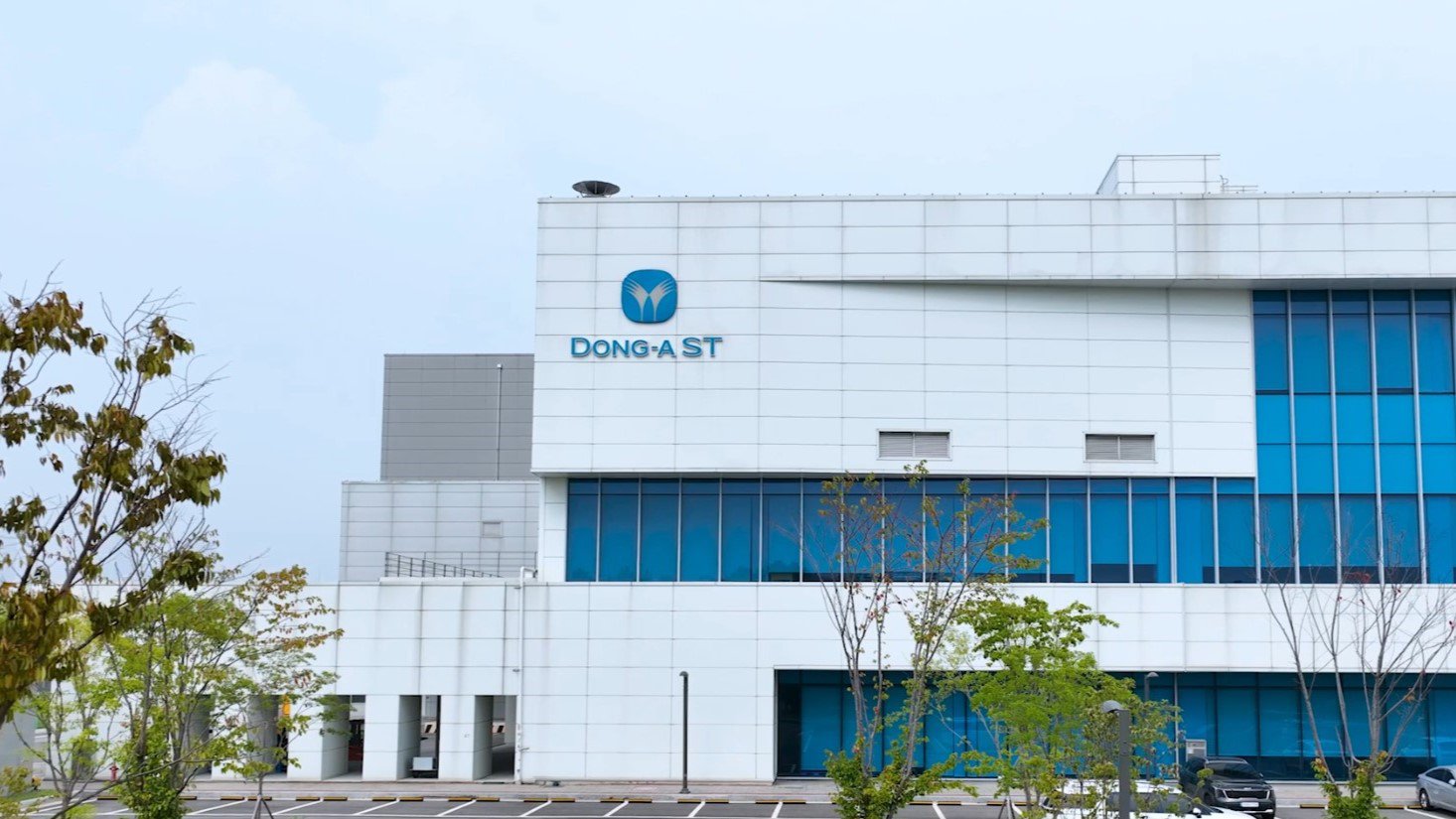
Dong-A ST is a subsidiary of Dong-A Pharmaceutical, the oldest pharmaceutical company in Korea, manufacturing ethical drugs, medical devices, and diagnostics.
- Meet excess production capacity
- Establish GMP global regulation in the production environment
- Manage data for different regulations
- Minimize system downtime
- Manufacturing Execution System (MES)
- FactoryTalk® PharmaSuite®
- FactoryTalk® ProductionCentre®
- FactoryTalk® Enterprise Integration Hub
- ThingWorx IIoT platform
- FactoryTalk® Analytics™ DataView
- Supervisory Control and Data Acquisition System (SCADA) and Environment Management System (EMS)
- Validation of the manufacturing environment and quality, and data sorting and analysis became possible.
- Through system automation, regulatory reporting and compliance became much easier.
- The successful establishment of GMP global regulation in the production environment and system enabled Dong-A ST to break into global markets.
Dong-A ST, which develops ethical drugs (ETC) and biopharmaceuticals, has opened a new plant in Songdo, Incheon, Korea to meet excess production capacity and contribute to its global expansion strategy. The plant was purpose-built to comply with the U.S. Food and Drug Administration's (FDA) Current Good Manufacturing Practice (cGMP), and it was necessary to manage data in accordance with the regulations and proactively lay the foundation for a smart factory.
Leveraging insights from the implementation of smart factory solutions at their Cheonan plant, Dong-A ST integrated Rockwell Automation's manufacturing execution system (MES), supervisory control and data acquisition system (SCADA), ThingWorx IIoT platform and FactoryTalk® Analytics™ DataView. This integration has resulted in improved system automation, product quality management, and business intelligence throughout the plant.
In the case of the existing Cheonan factory renovation project (brownfield project), it was important to adjust the production sequence to the new system due to aging, legacy equipment. Equipment that was not compatible with the IT system was replaced too. On the other hand, for the new Songdo factory project (greenfield project), it was important to align the recipe sequence of the new automation equipment with the interface sequence of the IT system, including the manufacturing process in the MES.
Although each phase of the project, from design to completion, presented numerous challenges and required careful consideration of many factors, the team's familiarity with the solution's features from previous experience with the Cheonan plant project helped to reduce the likelihood of errors and shorten the project timeline. In addition, the implementation of proven features minimized downtime and significantly increased operational efficiency in the field.
Published March 25, 2025

/thumnail-donga-st-Songdo_KR.jpg)
